London, Ontario, artist Greg Curnoe (1936–1992) created few works that do not include text of some kind. This artistic development had its genesis in Curnoe’s childhood: he was given a rubber stamp set as well as small rubber letters that were set in a wooden three-line holder, and he produced occasional newsletters with his cousin Gary Bryant, who had a drum printing press. Curnoe also experimented with date stamps discarded from his father’s office. He explained, “It was so natural for me to associate type and text with a picture. And I quickly learned there are things you can do with a text that you can’t do with a picture.”
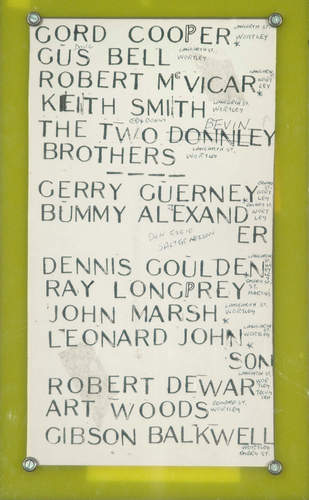
Greg Curnoe, List of Names from Wortley Road School, 1962
Stamp pad ink and ball-point pen on paper, 33 x 18 cm, McIntosh Gallery, Western University, London. The two “P”s and the lower case “c” are hand drawn, rather than stamped, perhaps because these letters were missing from the stamp set.
In 1961 Curnoe bought a new rubber stamp set, the first of many sets with uppercase letters that he used over the years. His early stamped works were lists: for example, lists of names of boys he grew up with. These were often very simple—black words stamped from individual letters combined with “found” texts. He also began the practice of making unique artists’ books: his seventy-one-page Rain and seventy-eight-page The Walk, both from 1962, have been acknowledged as the first artist books in Canada. Curnoe made over a dozen such works, perhaps as a more intimate and portable form of working with words and images. Like his paintings, most of these were diaristic, recording his daily thoughts and observations.
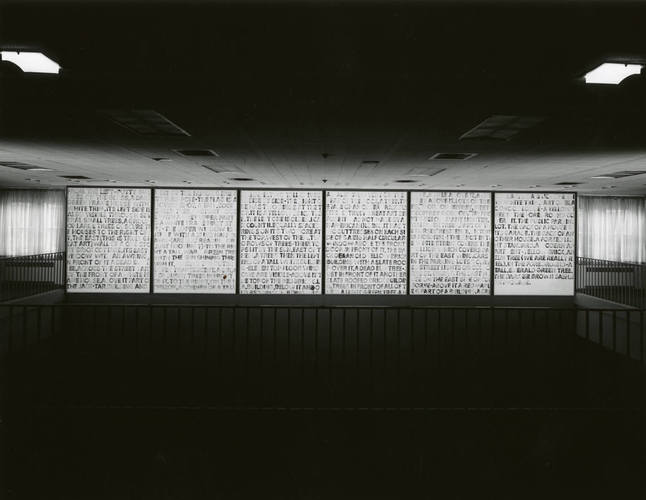
Installation view of Greg Curnoe, View of Victoria Hospital, First Series: #1–6, 1968–69
Rubber stamp and ink over latex on canvas; six canvases, each 289.6 x 228.6 cm; National Gallery of Canada, Ottawa, installation view unknown. Greg Curnoe stamped this non-figurative word description of his view of Victoria Hospital from one pane of his studio window. It was the first in a series of four works.
In 1968 Curnoe stamped the monumental six canvases of View of Victoria Hospital, First Series: #1–6. As art critic John Noel Chandler noted, the significance of this text series cannot be overstated: “Perhaps what is most novel and striking about what Curnoe has done is that by portraying the physical landscape with words, which are more abstract than pictures of things (at least in a phonetic language like our own), while at the same time making his language as simple and concrete as possible, Curnoe has accomplished the very interesting paradox of making pictures which simultaneously are abstract and concrete, making one reconsider the value of the dualism.”
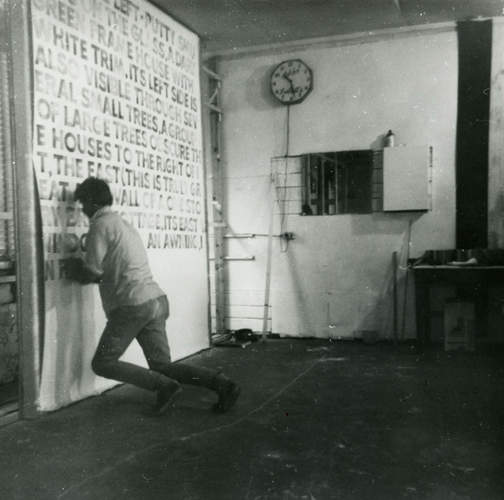
Greg Curnoe creating View of Victoria Hospital, First Series: #1–6, 1968–69, photograph by Pierre Théberge. Pictured is #1 in progress, September 1, 1968. Curnoe had to climb up and down ladders carrying individual stamps loaded with black ink, which he pressed forcefully onto white primed canvas that had been stapled to rubber carpet padding tacked to a sheet of plywood.
Text in Curnoe’s work was stamped, stencilled, embossed, or handwritten, with the break in the lettering determined by the size of the support. Curnoe explained, “I discovered that a sans serif typeface isn’t as legible as the more traditional serif faces. In other words, the letters stick out, they don’t disappear. It makes you look and read at the same time.”
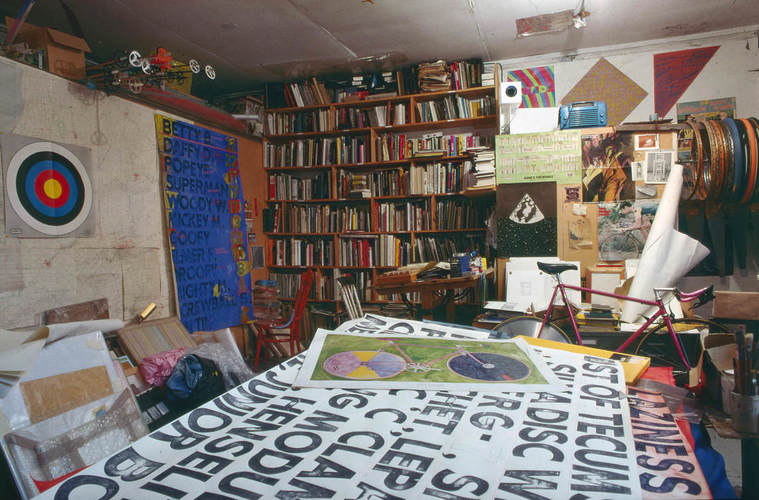
Curnoe’s studio in 1988, photograph by Ian MacEachern.
Curnoe was himself an omnivorous reader, and he amassed a large library over the years. Poetry anthologies and exhibition catalogues vied for space with atlases, novels, art books, and catalogues of bike parts. A novel that had a lasting influence on his work was The Voyeur (1955) by French writer and filmmaker Alain Robbe-Grillet, whose emphasis on precise language with an absence of metaphor was the literary equivalent of the visual style Curnoe was developing in the early sixties. Curnoe noted: “It is still one of my favourite novels and served to confirm my interest in using simple language and simple direct description.”
This Essay is excerpted from Greg Curnoe: Life & Work by Judith Rodger.
 Karen Tam’s Autumn Tigers
Bridging Past and Present: Invisible Made Visible
By Imogene L. Lim, PhD
Karen Tam’s Autumn Tigers
Bridging Past and Present: Invisible Made Visible
By Imogene L. Lim, PhD
 The Frontier Portraits of C.D. Hoy
A Chinese Canadian Photographer’s Tribute to His Community
By Faith Moosang
The Frontier Portraits of C.D. Hoy
A Chinese Canadian Photographer’s Tribute to His Community
By Faith Moosang
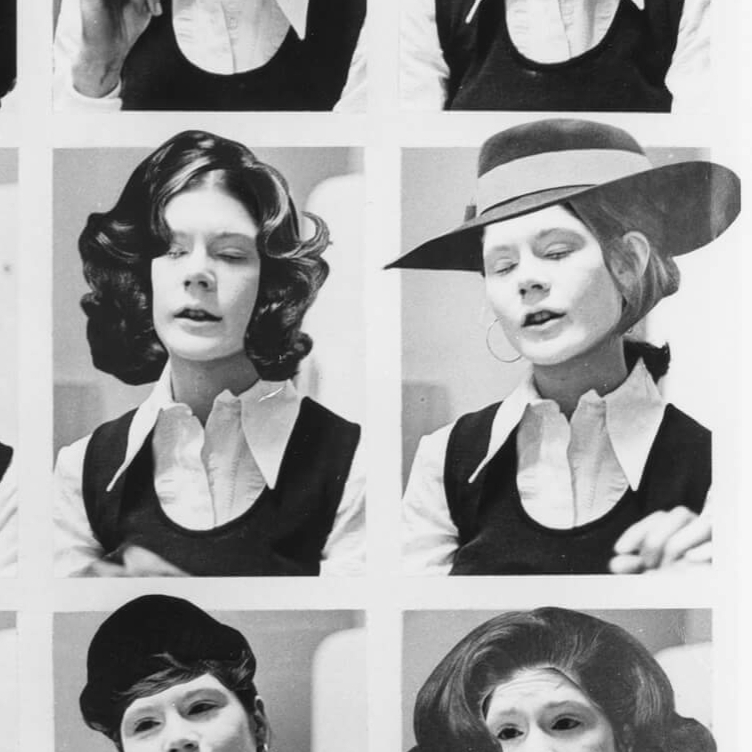 Interrogating Identity
Suzy Lake explores the role of photography in shaping how we understand and see ourselves
By Erin Silver
Interrogating Identity
Suzy Lake explores the role of photography in shaping how we understand and see ourselves
By Erin Silver
 An Emboldened Artist
How Oviloo Tunnillie achieved rare international acclaim as an Inuit female sculptor
By Darlene Coward Wight
An Emboldened Artist
How Oviloo Tunnillie achieved rare international acclaim as an Inuit female sculptor
By Darlene Coward Wight
 Painting the Cultural Mosaic
William Kurelek traversed the country in a quest to capture its diverse inhabitants
By Andrew Kear
Painting the Cultural Mosaic
William Kurelek traversed the country in a quest to capture its diverse inhabitants
By Andrew Kear
 Domestic Discontent
Mary Pratt’s poetic scenes of home life are praised for their political edge
By Ray Cronin
Domestic Discontent
Mary Pratt’s poetic scenes of home life are praised for their political edge
By Ray Cronin
 A New Vision of the North
Annie Pootoogook’s art offers unprecedented insights into the contemporary Arctic
By Nancy G. Campbell
A New Vision of the North
Annie Pootoogook’s art offers unprecedented insights into the contemporary Arctic
By Nancy G. Campbell
 Meetings of Minds
Sorel Etrog found new ideas in collaborative work
By Alma Mikulinsky
Meetings of Minds
Sorel Etrog found new ideas in collaborative work
By Alma Mikulinsky
 Introducing Miss Chief
An excerpt from the ACI’s book “Revision and Resistance”
By Shirley Madill
Introducing Miss Chief
An excerpt from the ACI’s book “Revision and Resistance”
By Shirley Madill
 A Practice of Recovery
An excerpt from the ACI’s book “Revision and Resistance”
By Sasha Suda
A Practice of Recovery
An excerpt from the ACI’s book “Revision and Resistance”
By Sasha Suda
 Decolonizing History Painting
An excerpt from the ACI’s book “Revision and Resistance”
By Ruth B. Phillips and Mark Salber Phillips
Decolonizing History Painting
An excerpt from the ACI’s book “Revision and Resistance”
By Ruth B. Phillips and Mark Salber Phillips
 A Vision for the Future
An excerpt from the ACI’s book “Revision and Resistance”
By Nick Estes
A Vision for the Future
An excerpt from the ACI’s book “Revision and Resistance”
By Nick Estes
 Inside Kent Monkman’s Studio
An excerpt from the ACI’s book “Revision and Resistance”
By Jami C. Powell
Inside Kent Monkman’s Studio
An excerpt from the ACI’s book “Revision and Resistance”
By Jami C. Powell
 The Rule of Chance
Jean Paul Riopelle’s break with Automatism
By François-Marc Gagnon
The Rule of Chance
Jean Paul Riopelle’s break with Automatism
By François-Marc Gagnon
 From Taos to New York
Agnes Martin and the currents of American Art
By Christopher Régimbal
From Taos to New York
Agnes Martin and the currents of American Art
By Christopher Régimbal
 An Artist Blooms
Mary Hiester Reid’s floral aesthetics
By Andrea Terry
An Artist Blooms
Mary Hiester Reid’s floral aesthetics
By Andrea Terry
 The Patriotic Painter
Greg Curnoe’s Canada
By Judith Rodger
The Patriotic Painter
Greg Curnoe’s Canada
By Judith Rodger
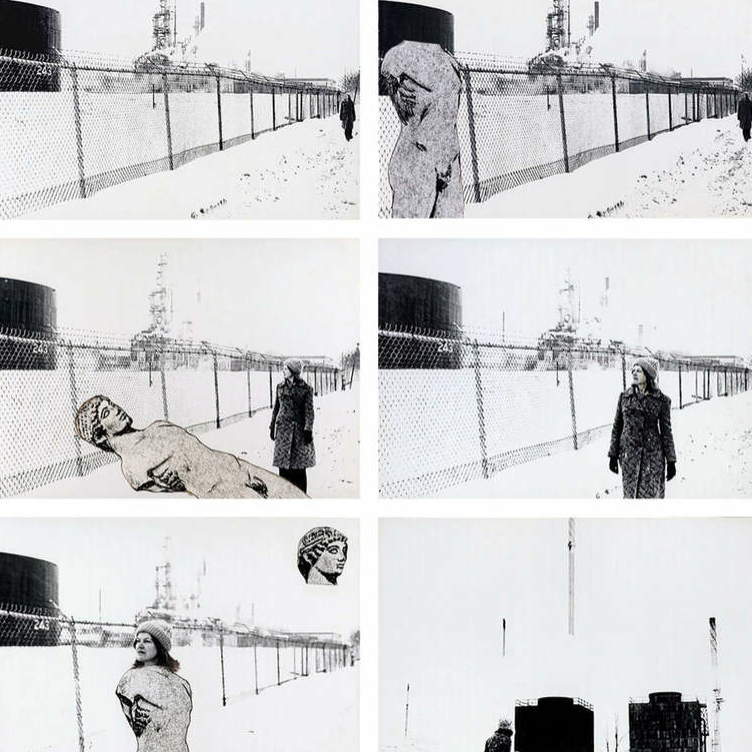 Walking, Stacking, Dancing
Françoise Sullivan’s conceptual 1970s
By Annie Gérin
Walking, Stacking, Dancing
Françoise Sullivan’s conceptual 1970s
By Annie Gérin
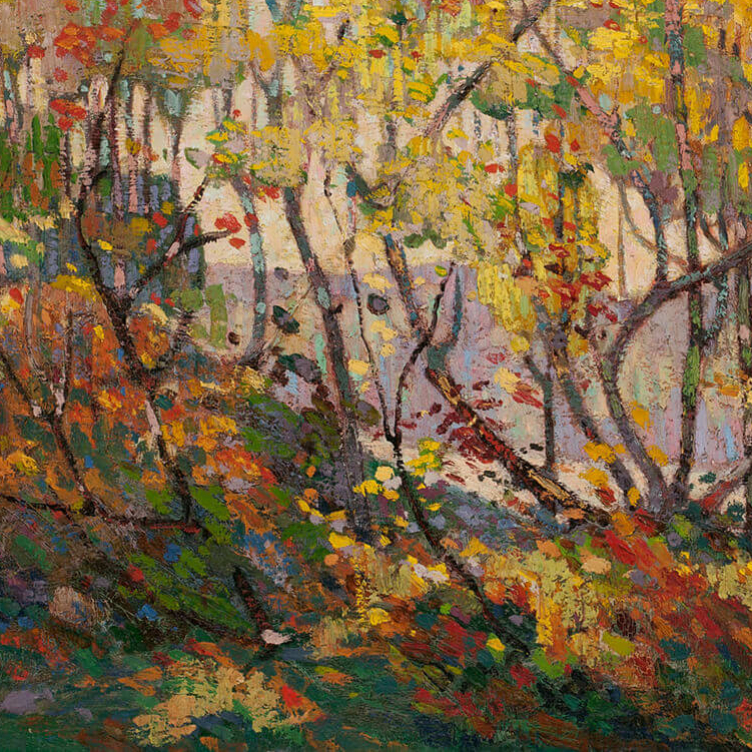 The Extraordinary North
Tom Thomson’s diary of landscape
By David P. Silcox
The Extraordinary North
Tom Thomson’s diary of landscape
By David P. Silcox
 A Champion of Abstraction
Jock Macdonald sought a new expression in art
By Joyce Zemans
A Champion of Abstraction
Jock Macdonald sought a new expression in art
By Joyce Zemans